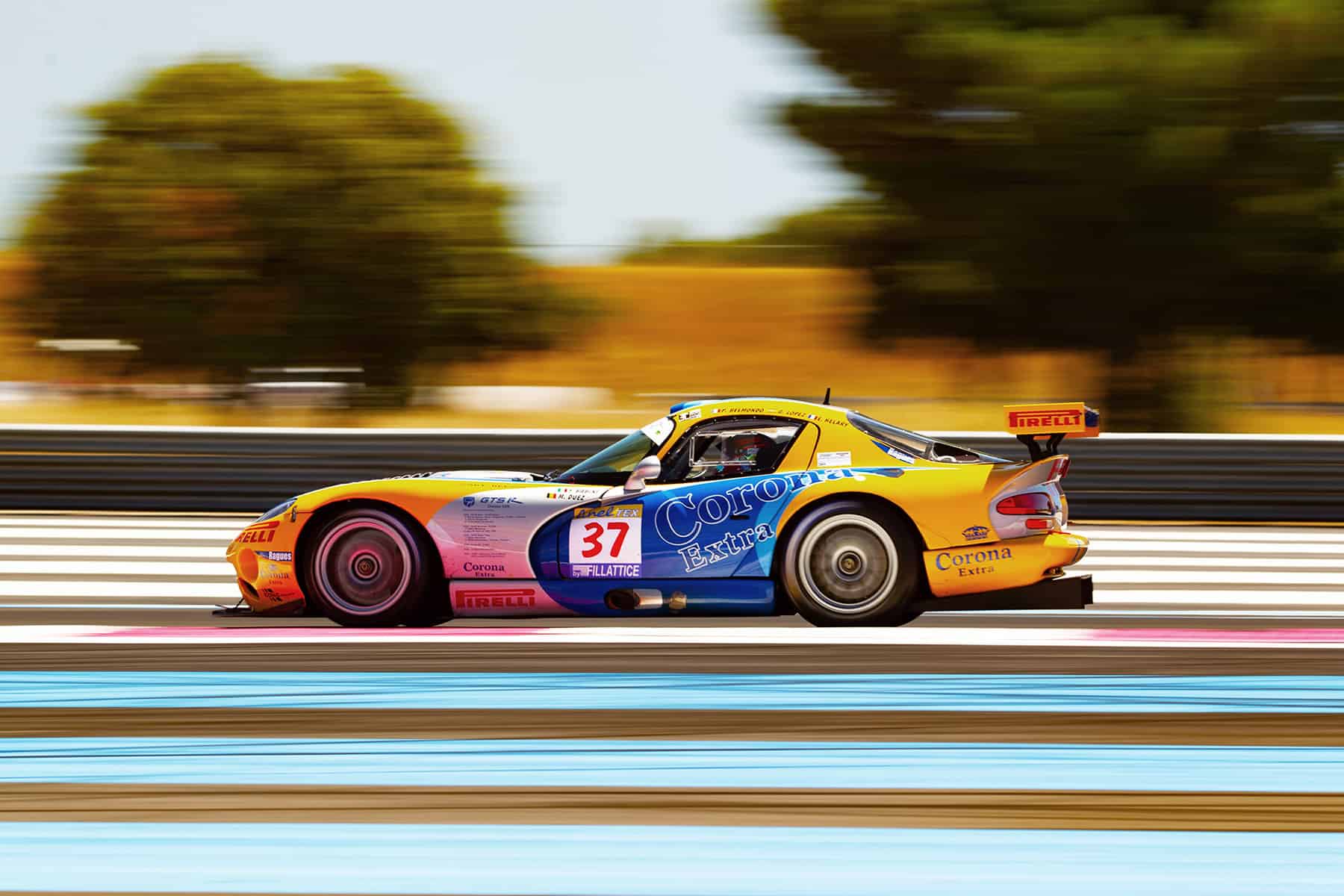
Live Racing Returns
Belatedly, the historic racing season starts at the Dix Mille Tours
BY: WOUTER MELISSEN
Live auto racing returned to Europe in July with the Dix Mille Tours du Castellet. Organized by the French firm Peter Auto, this three-day event had originally been scheduled to run at the Paul Ricard circuit at the start of April. As it should have done nearly four months earlier, the Dix Mille Tours signaled the start of the 2020 European historic racing season.
First held in 2010, the Dix Mille Tours – or, in English, Ten Thousand Laps – was one of the first standalone historic race meetings organized by Peter Auto. At first glance, the contrast could not be greater between the very modern Paul Ricard circuit, with bright tarmac run-off areas, and the historic racing cars brought together for the Dix Mille Tours. Looks aside, the track is actually one of the reasons the event is so popular, evidenced by the fact that a staggering three hundred fifty cars entered to compete in ten different groups. One of this year’s competitors summed it up: “Paul Ricard is a great circuit to practice on. It has tough technical corners and the open space means you can push harder than at tracks like Goodwood, where the wall is ever present.”
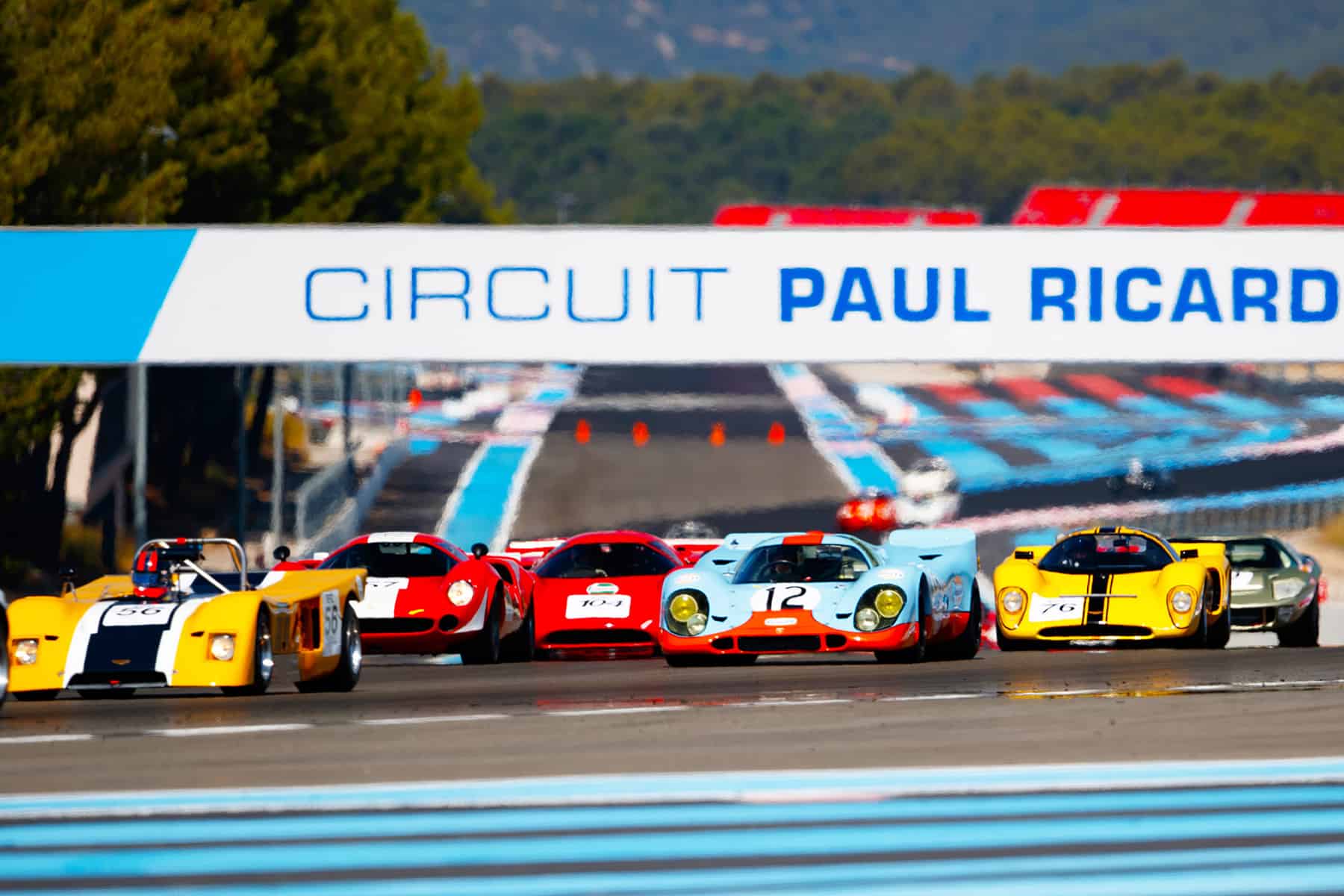
Building on the success of the Dix Mille Tours, the Peter Auto organization expanded the calendar, which would have included five events in 2020. Celebrating the rich history of sports-car and touring-car racing, each event has nine different championships with groups determined by specific age groups and classes. Some of the earliest cars on the track this weekend were found in the Greatest’s Trophy for exotic GT and sports cars of the 1950s and early 1960s, while the Endurance Racing Legends group catered to modern machinery with a cut-off date of 2010. What all groups have in common is endurance, with most races running for an hour. All grids with shorter races actually have two races during the weekend, which means that there is a minimum of one hour of racing for each group, in addition to the practice and qualifying session. It is this abundance of track time that makes these Peter Auto events particularly interesting for competitors.

What also set this year’s Dix Mille Tours apart from previous editions were the precautions, including the mandatory wearing of face masks, that were put in place to make sure the event could be held safely for all involved. With all well on the safety front, at nine o’clock on Friday morning extraneous issues were pushed aside by the in-person sights and sounds of historic racing cars.
The first cars on track were those competing in the Sixties’ Endurance group. Scheduled for sunset on Saturday, this was a two-hour race with a mandatory pit stop for late 1950s and early 1960s machinery. At the sharp end of the field, it usually is an all-Shelby Cobra affair, but in qualifying there was an interloper in the form of the Bizzarrini 5300 GT shared by father and son David and Olivier Hart. Sadly, the car proved as fragile as it was fast and retired after just seven laps. Taking over the lead in scorching conditions was Equipe Europe’s Yvan Mahe in his Shelby Cobra. As night fell, the glowing discs on many of the competitors’ cars revealed that this was a very serious affair. Following the pit stops, another Cobra emerged in the lead. This was the car shared by Urs Beck and pro racer Patrick Simon, who would go on to take the checkered flag at 10:50 p.m.
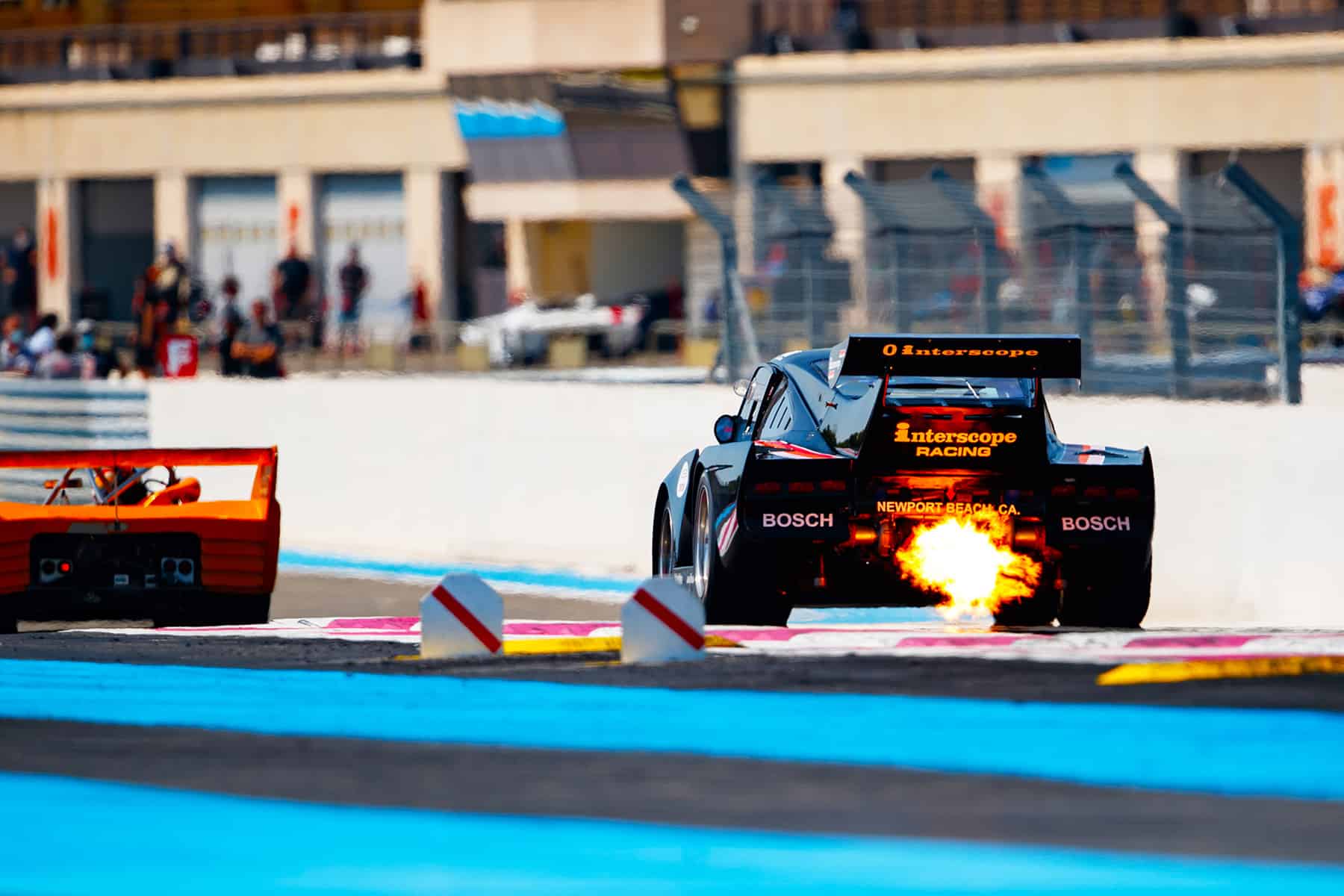
Barely ten hours later, racing resumed, and this time with the second of two Endurance Racing Legends rounds. Split into two thirty-minute races, this grid included the most modern cars of the weekend with the cut-off year set at 2010. The forty-car strong entry underlined that there certainly is plenty of interest in racing these relatively new cars. As was the case when these cars were new, there was an abundance of Porsche 911 variants in the field. Nevertheless, there were plenty of more exotic cars in the mix. These included American sports prototypes like a Riley & Scott and also a pair of the front-engined Panoz Esperante GTR1s. The most exotic of all was certainly the Bentley Speed 8, a sister car to the 2003 Le Mans winner. It was driven with great verve by owner Shaun Lynn, who won both thirty-minute races.
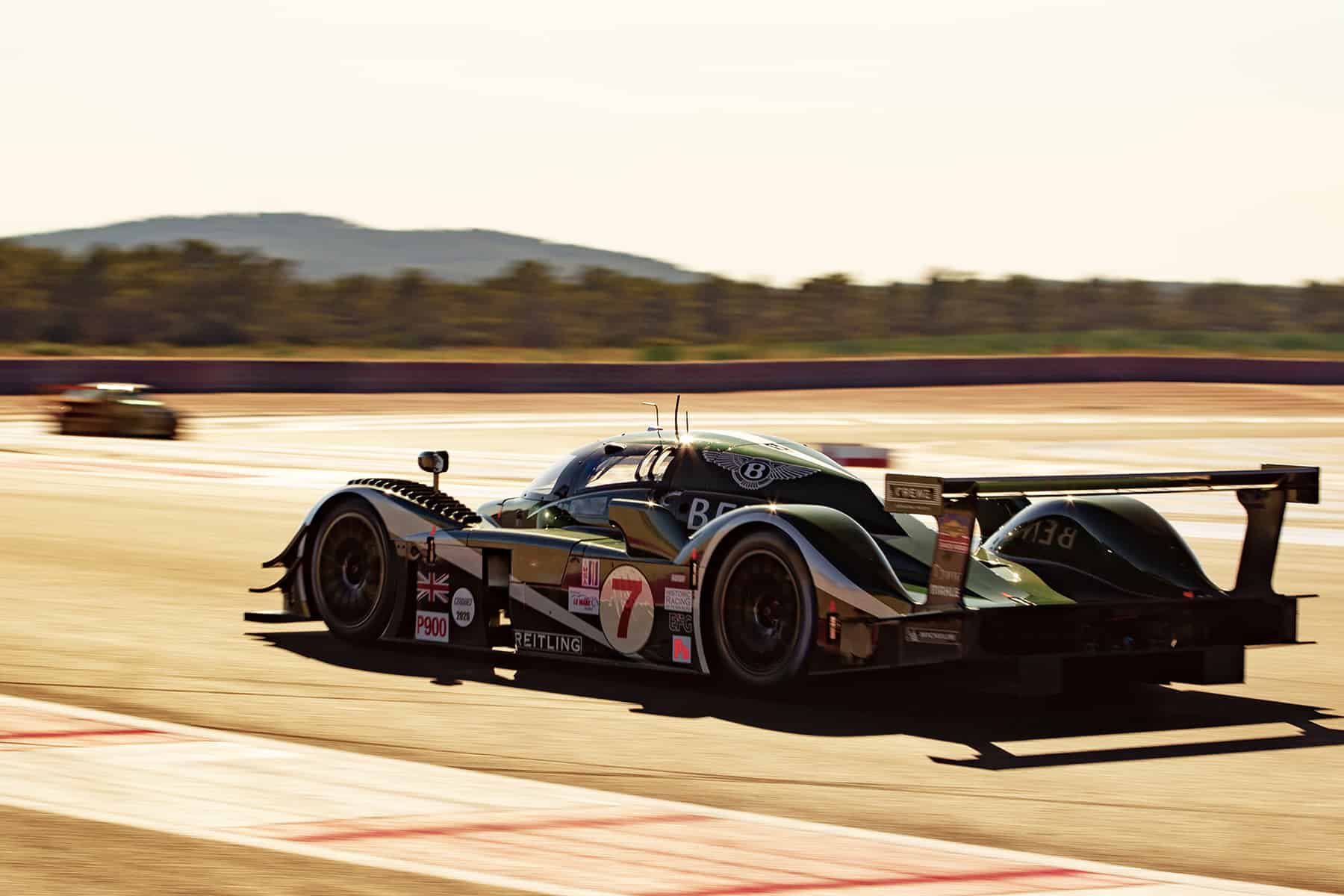
Celebrating what many consider the golden age of sports car racing is the Classic Endurance Racing 1 group. It is eligible for sports prototypes of up to 1971 and GTs of up to 1975. This cut-off neatly coincides with the introduction of the slick tire. Among the fifty-one cars entered were a choice of Chevrons and Lolas, but also several Ford GT40s, a McLaren M8C, and two Porsche 917s. One of these was to be driven by former Porsche works driver and two-time Le Mans winner Gérard Larrousse. However, as Gérard turned eighty years old this year, it was decided not to have him race the car due to the high temperatures. Even without the striking 917, the race was a true spectacle. Pole-sitter David Hart made a mistake on the opening lap with his Lola T70 Mk3b, which forced him to work his way back up through the field. His fine work was completed by teammate Nicky Pastorelli for the Dutchman to redeem himself after the disappointment of the evening before.

Despite the safety precautions and the heat, above all everyone from the drivers to the mechanics to your reporter was happy to be back at a race track. English historic racer Joe Twyman summed this up nicely: “Before last weekend, I hadn’t even set foot in a racing car since I got out of one at the end of the Spa 6 Hours last September. To say the excitement and anticipation was off the chart would be a real understatement. Of course there were changes and differences in the off-track environment, but on track it was business as usual.”
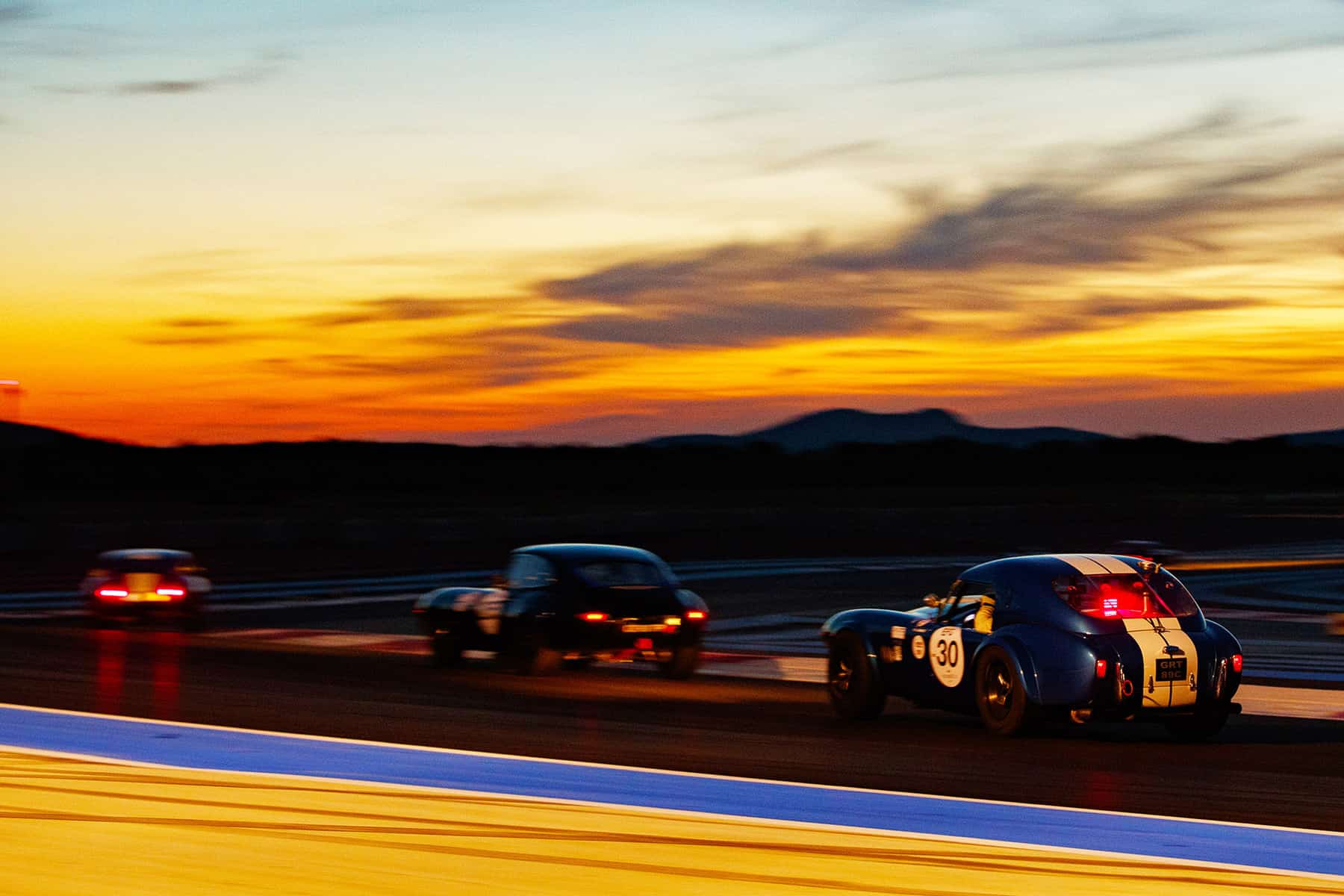
Competing in the one-make 2.0L Cup for short-chassis Porsche 911s, Twyman discovered that racing a car is very much like riding a bicycle. “I personally had a really good race at the front of the pack with my great mate, Andrew Smith, which was very satisfying given I hadn’t been in a car for such a long time, and we have also just had our first child (Andrew as well!). It was nice to know I hadn’t forgotten it all and lost the edge!”
In the end, all were happy to simply get the weekend in, as Twyman described: “Who knows whether the rest of the season will happen as planned with all the uncertainty? But everyone at Ricard certainly made the most of the opportunity!”




